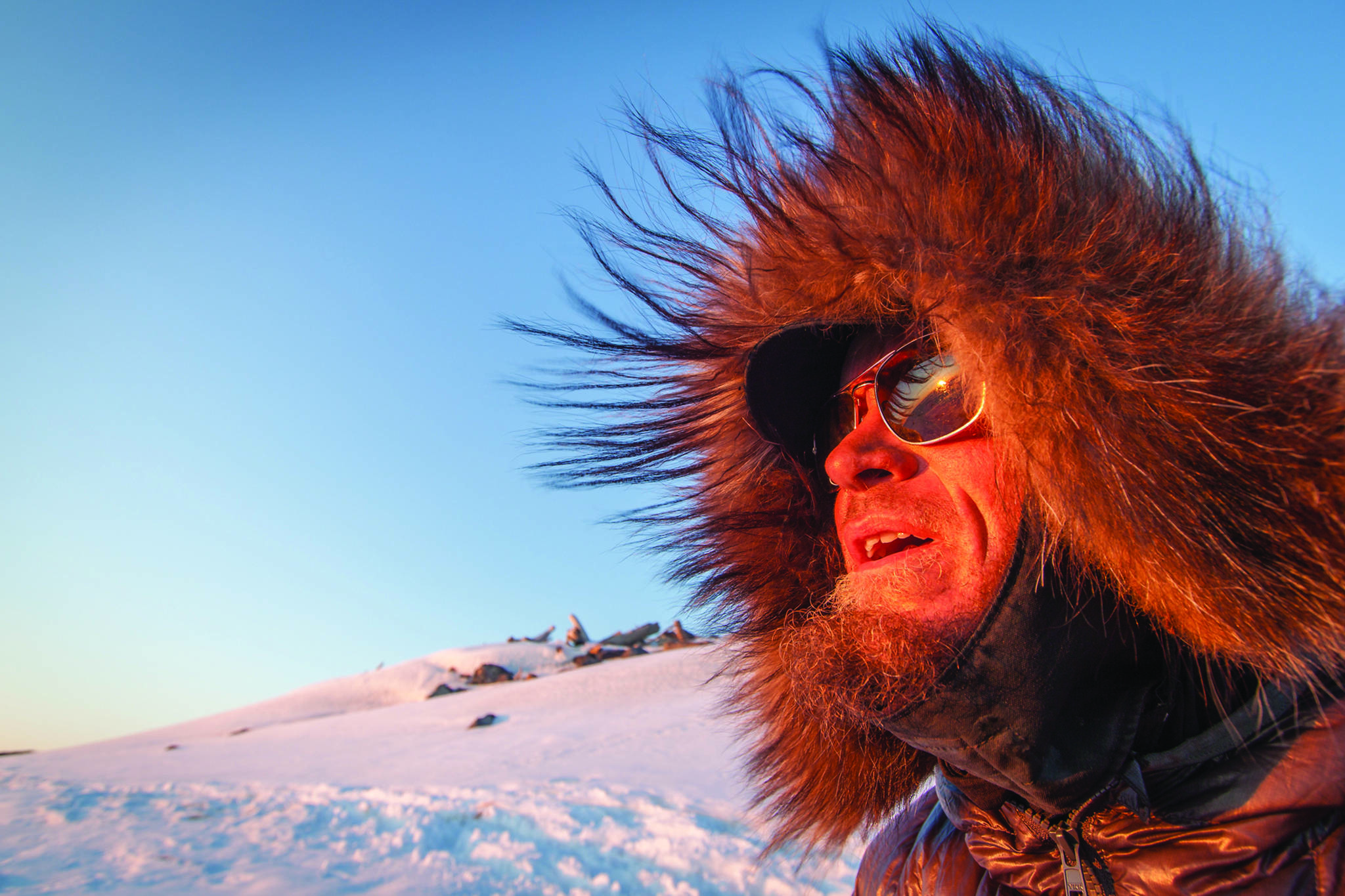As an Alaskan who is acutely aware of global warming and the rapid climatic changes being thrust upon us, I am worried. However, worry and fear are not character traits of Alaskans. People don’t live in Alaska and expect life to be easy, and if you live in Alaska with the expectation that others will solve your problem you won’t make it as an Alaskan.
The big game hunting guides where I grew up in the Wrangell Mountains are watching Dall sheep habitat disappear as brush moves up into the alpine and crowds out their habitat. In Western Alaska, villages that sit atop permafrost and along riverbeds are melting out. The permafrost is melting so rapidly and thoroughly, throughout the Yukon and Kuskokwin Delta, that much of the uplands are no longer suitable for building atop either.
Along the Arctic Slope, major insurance companies are pulling up stakes and are no longer willing to insure oil development because the melt and erosion is too risky and costly for their profit thresholds. Quite literally, Alaska is falling apart at the seams due to anthropogenic global warming.
For anyone paying attention to our sea ice or our fisheries or steadily increasing ocean temperatures or the chemistry of our northern oceans or the invasive species or the harmful algae blooms or myriad bird die-off events, renewed spruce bark beetles, our epic forest fires, off the chart stream temperatures, crumbling infrastructure, and the displacement of our rural communities, it may seem as though we are living through some sort of Biblical end-times.
Climate change is here. Climate change will get worse. Climate change will affect each and every one of us. That is of course if we roll over and do nothing about it.
In 2001, American environmentalist, entrepreneur, and author Paul Hawken, was motivated to ask the question: Do we know what we need to do in order to arrest and reverse global warming? Thus began a massive research venture, which led to the development of an online resource database and book, known as Project Drawdown.
Drawdown is described as the most comprehensive plan ever proposed to reverse global warming. In the intervening 15 years since the study began, hundreds of researchers and experts collaborated with Project Drawdown and calculated what steps our civilization must take to arrest and ultimately reverse global warming.
Drawdown lays out the top 100 most meaningful solutions to arrest global warming. All but one of the solutions in the book are known as “zero regrets solutions,” meaning that by implementing the solution, our civilization or communities do not have to give up our quality of life in order to do the right thing.
The IPCC has stated in no uncertain terms that our civilization has about a decade to reduce our global greenhouse gas emissions by 45% if we want to keep the global temperature increase below 1.5º C. This means everyone everywhere needs to elevate the climate crisis to code red emergency status.
We can no longer afford to wait for the slow wheels of bureaucracy to implement the changes that must be made in order to ward off the worse case scenarios of global warming. Homer and South Peninsula residents are entreated to join a Drawdown working group that will meet once a month. The aim is to research and discuss the 100 solutions in the book Drawdown and then democratically determine which one we, as a non-government body — citizens — want to implement.
Global warming is everyone’s problem. We need everyone everywhere to be a part of the solution.
Filmmaker and wilderness adventurer Bjørn Olson was born in an abandoned trappers cabin in Interior Alaska. He has dedicated his life to exploring far-flung corners of the state by human-power and documenting his experiences.


